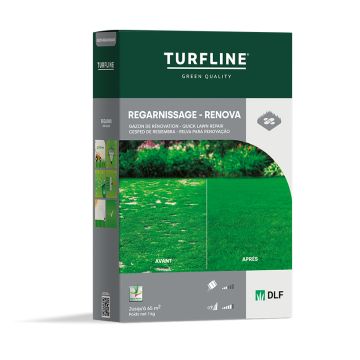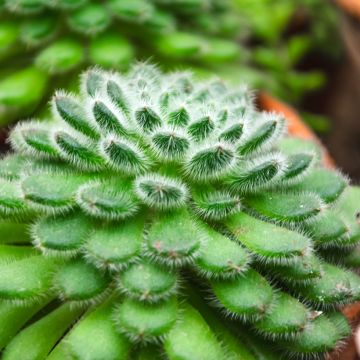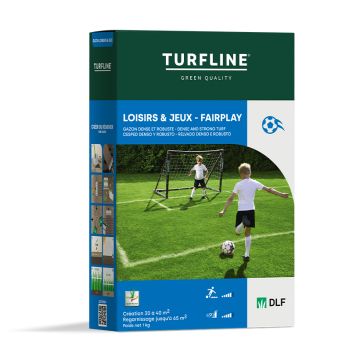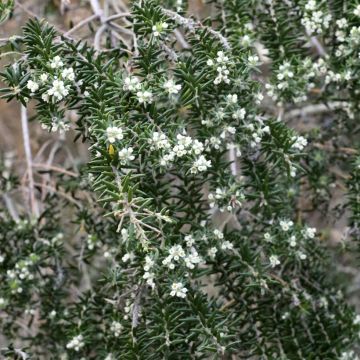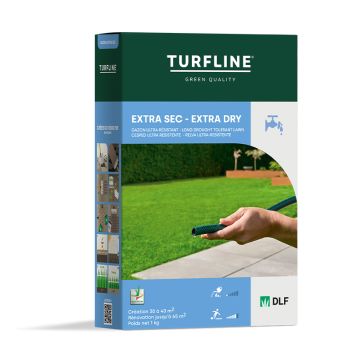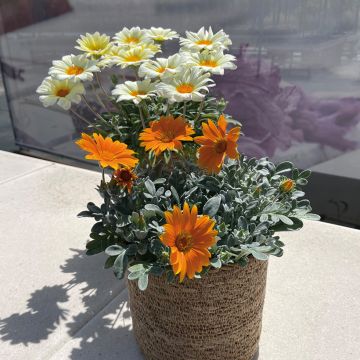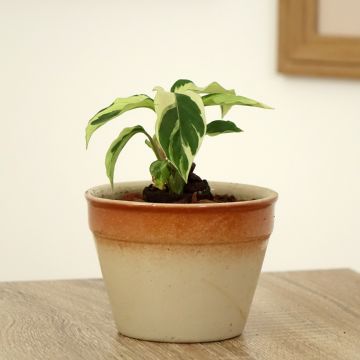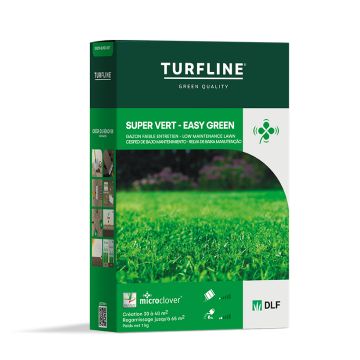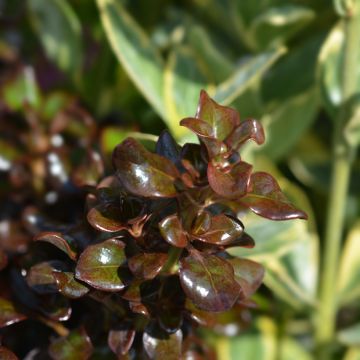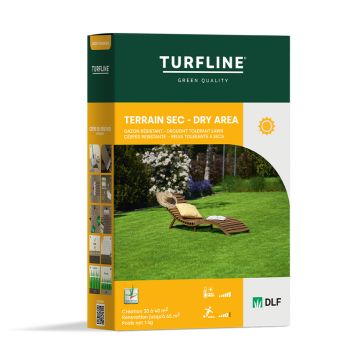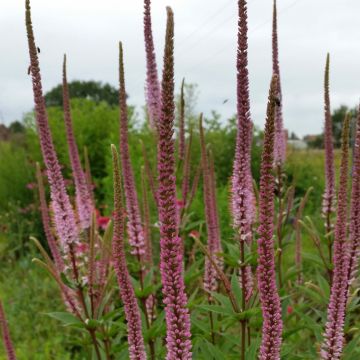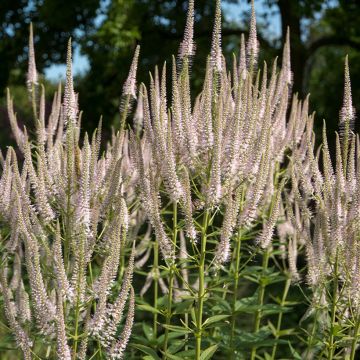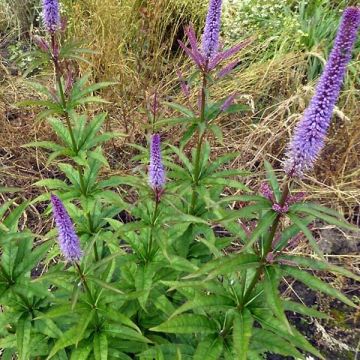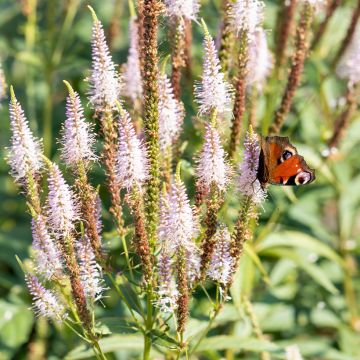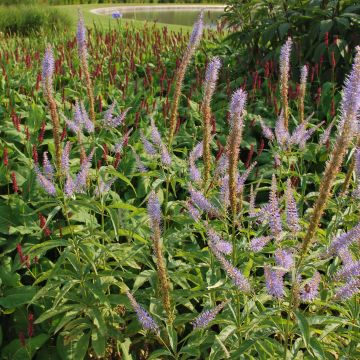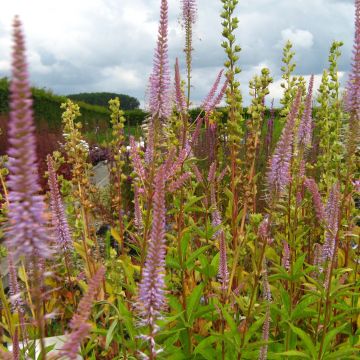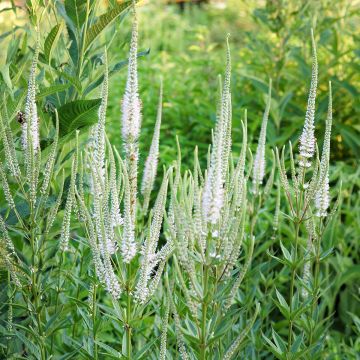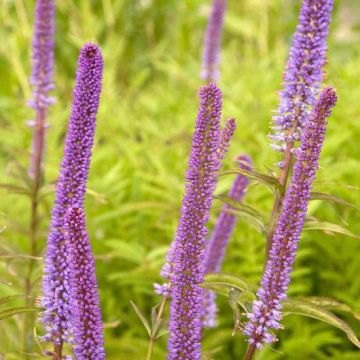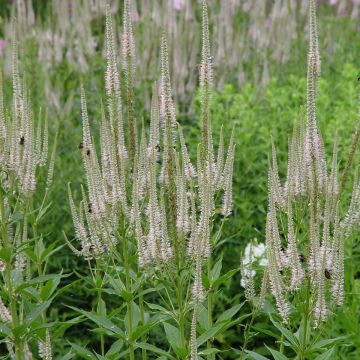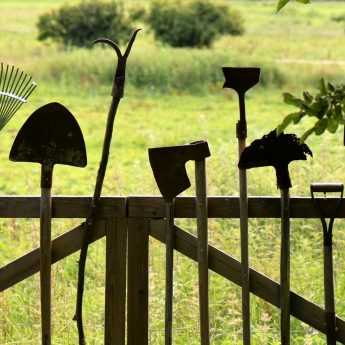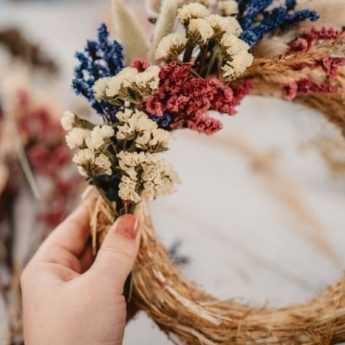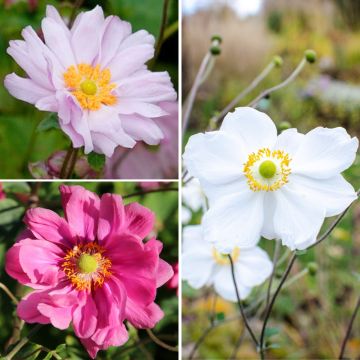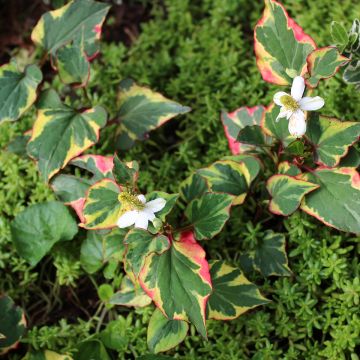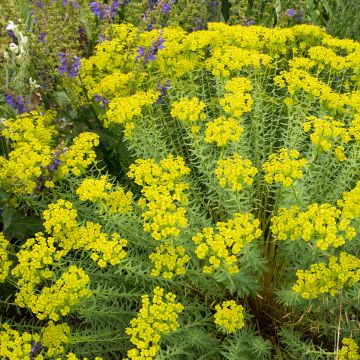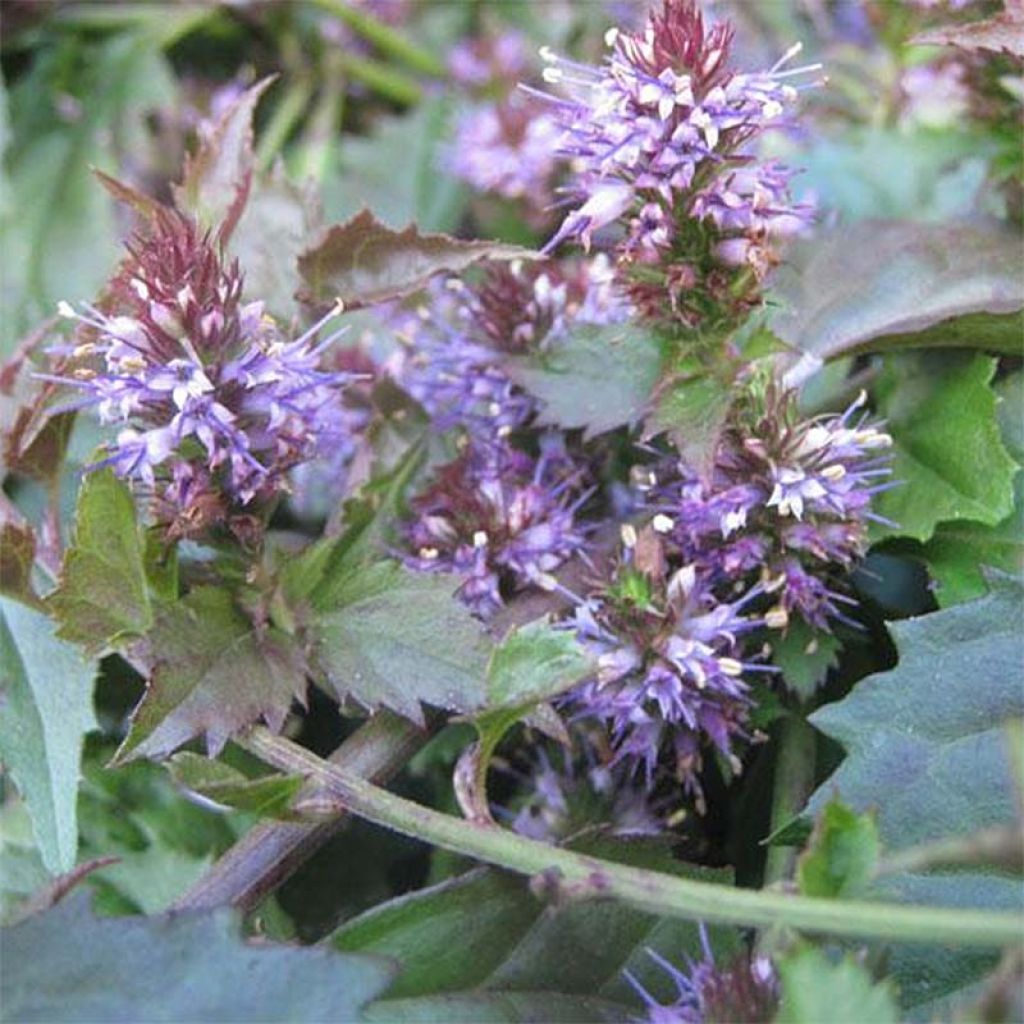

Veronicastrum latifolium
Veronicastrum latifolium
Veronicastrum latifolium
Why not try an alternative variety in stock?
View all →This plant carries a 12 months recovery warranty
More information
We guarantee the quality of our plants for a full growing cycle, and will replace at our expense any plant that fails to recover under normal climatic and planting conditions.
From €7.90 for pickup delivery and €6.90 for home delivery
Express home delivery from €8.90.
Does this plant fit my garden?
Set up your Plantfit profile →
Description
Veronicastrum latifolium is an unusual representative of this genus of perennial plants, better known as Veronicastrum virginicum. It is a creeping plant, with long stems that are initially erect and then trailing, capable of rooting when in contact with the soil like periwinkle. Its small lavender-blue spike-like flowers bloom in late summer, with foliage that takes on beautiful bronze to red-purple tones until autumn. Semi-evergreen in winter, hardy and undemanding, this plant is an effective, original and elegant ground cover at the base of shrubs. Its naturally trailing habit will also work well when placed above a wall to cascade down.
Véronicastrum latifolium is native to China, specifically from the Sichuan province, and resistant to cold winters (-20°C). In nature, it is found in forests and groves or sometimes hanging on rocks, at altitudes from 300 to 500 m (984 to 1640ft). This perennial, sometimes called creeping veronica, develops green stems covered with short yellow hairs, which trail before reaching 50 cm (20in) and root on contact with the ground. Its rapid growth allows it to densely cover the ground in about 2 years, discouraging weeds. The foliage can persist in winter, disappearing completely in severe winters. The 4 to 7cm (2 to 3in) long and 2 to 5cm (1 to 2in) wide, triangular, slightly hairy leaves are strongly toothed along the edges. The unassuming flowers appear quite late, from late August to early October with small clusters or pompoms of 1 to 4 cm (0 to 2in), composed of tiny flowers with pale lavender-blue petals and prominent stamens in the leaf axils. After flowering, the foliage takes on beautiful yellow to pink and purple-violet colours if the plant receives some sunlight. In winter, the light green leaves that have remained attached to the stems, have a beautiful purple reverse.
Veronicastrum latifolium is a good ground cover, useful for landscaping the base of deciduous trees and shrubs, as long as the soil is not too dry. It is a good plant for partial shade or light shade, and will appreciate evening or morning sun and soil rich in humus. For example, place it in an exotic inspired group of plants, under Fatsias, Aralias, or at the base of bamboo. It will also thrive in a slightly cool and shaded rockery, or above a wall, with the yellow strawberry Waldsteinia ternata, which are also hardy.
Veronicastrum latifolium in pictures
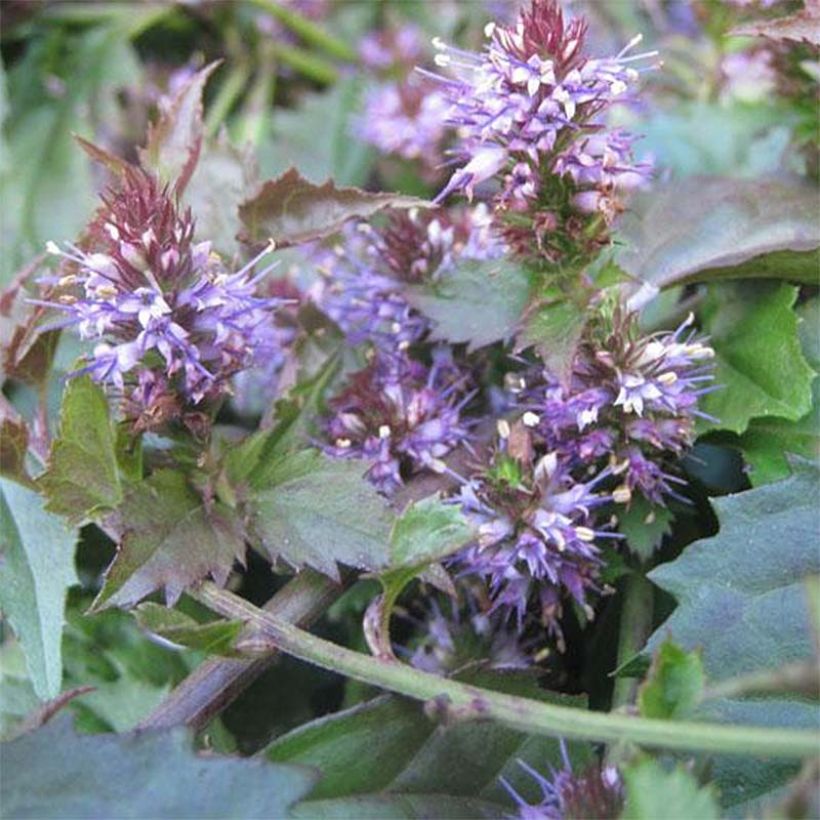

Flowering
Foliage
Plant habit
Botanical data
Veronicastrum
latifolium
Scrophulariaceae
China
Other Veronicastrum
View all →Planting and care
Plant Veronicastrum latifolium in spring or autumn, in humus-rich, moist, fertile and well-drained soil. Regular garden soil, lightened with compost and coarse sand, will be fine. Avoid very dry conditions and soils that dry out easily. It prefers dappled sunlight or partial shade with morning or evening sun. In complete shade or overly dense shade, the autumn colours will be much less vibrant. Water regularly in dry summers.
Planting period
Intended location
Care
Planting & care advice
This item has not been reviewed yet - be the first to leave a review about it.
Summer flowering perennials
Haven't found what you were looking for?
Hardiness is the lowest winter temperature a plant can endure without suffering serious damage or even dying. However, hardiness is affected by location (a sheltered area, such as a patio), protection (winter cover) and soil type (hardiness is improved by well-drained soil).

Photo Sharing Terms & Conditions
In order to encourage gardeners to interact and share their experiences, Promesse de fleurs offers various media enabling content to be uploaded onto its Site - in particular via the ‘Photo sharing’ module.
The User agrees to refrain from:
- Posting any content that is illegal, prejudicial, insulting, racist, inciteful to hatred, revisionist, contrary to public decency, that infringes on privacy or on the privacy rights of third parties, in particular the publicity rights of persons and goods, intellectual property rights, or the right to privacy.
- Submitting content on behalf of a third party;
- Impersonate the identity of a third party and/or publish any personal information about a third party;
In general, the User undertakes to refrain from any unethical behaviour.
All Content (in particular text, comments, files, images, photos, videos, creative works, etc.), which may be subject to property or intellectual property rights, image or other private rights, shall remain the property of the User, subject to the limited rights granted by the terms of the licence granted by Promesse de fleurs as stated below. Users are at liberty to publish or not to publish such Content on the Site, notably via the ‘Photo Sharing’ facility, and accept that this Content shall be made public and freely accessible, notably on the Internet.
Users further acknowledge, undertake to have ,and guarantee that they hold all necessary rights and permissions to publish such material on the Site, in particular with regard to the legislation in force pertaining to any privacy, property, intellectual property, image, or contractual rights, or rights of any other nature. By publishing such Content on the Site, Users acknowledge accepting full liability as publishers of the Content within the meaning of the law, and grant Promesse de fleurs, free of charge, an inclusive, worldwide licence for the said Content for the entire duration of its publication, including all reproduction, representation, up/downloading, displaying, performing, transmission, and storage rights.
Users also grant permission for their name to be linked to the Content and accept that this link may not always be made available.
By engaging in posting material, Users consent to their Content becoming automatically accessible on the Internet, in particular on other sites and/or blogs and/or web pages of the Promesse de fleurs site, including in particular social pages and the Promesse de fleurs catalogue.
Users may secure the removal of entrusted content free of charge by issuing a simple request via our contact form.

































